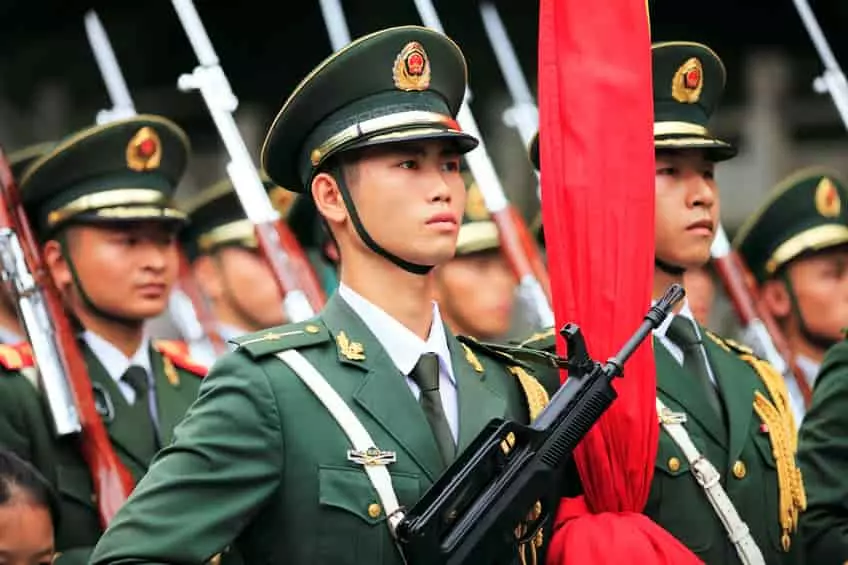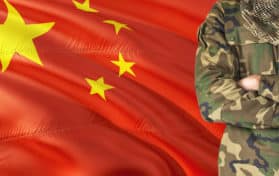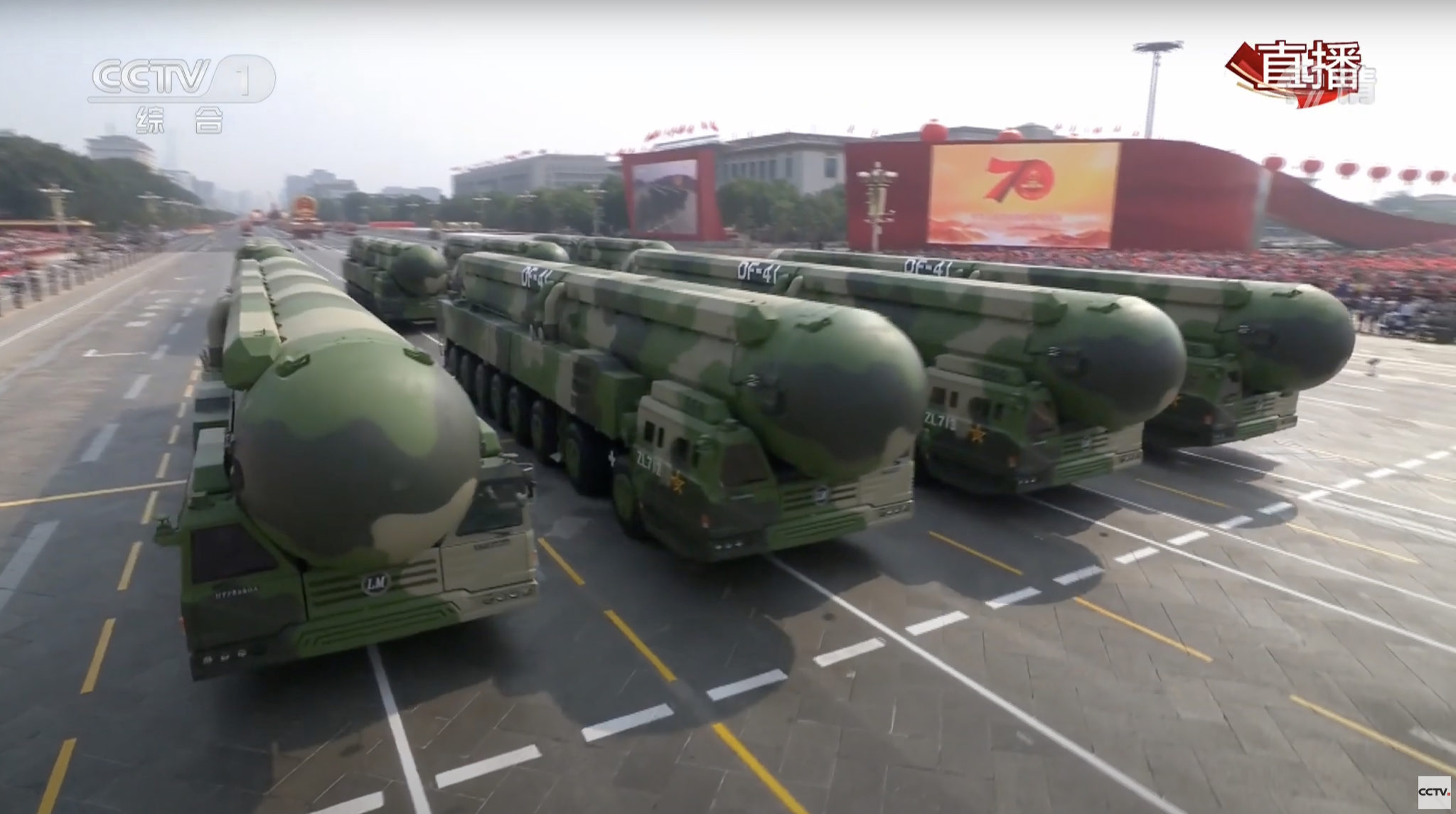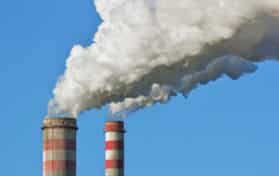
During 2021, a record number of Chinese warplanes have been seen in Taiwan’s air defense zone. Taiwan is considered to be an independent country, at least by the rest of the world. However, President Xi of China sees things differently.
President Xi has expressed many times, particularly during 2021, that he wanted a reunification of China and Taiwan. Chinese leaders look at Taiwan as a “breakaway country,” but Taiwan has its own constitution as well as democratically-elected leaders. Taiwan is about 100 miles from the Southeastern tip of China – and it is right in the midst of what the United States looks at as a “first island chain” – close in proximity to Japan, the Philippines, Guam, and South Korea.
China says that its motivation for re-taking Taiwan are “peaceful,” but some experts say that China could be looking to eventually take power in the western Pacific.
While America has been cautiously watching China as rumors spread across the world regarding Xi’s intent to reunify China and Taiwan, the world is also watching events in the Ukraine. Some political pundits even predicted that if Vladimir Putin decides to invade the Ukraine, that Xi could be poised to do the same in Taiwan.
Earlier this week, the Chinese ambassador to the United States gave a warning that can only be described as “hawkish” in regard to a potential Chinese takeover of Taiwan; he predicted a “military conflict” if Taiwan “kept moving toward independence.”
According to Qin Gang, speaking with NPR: “if the Taiwanese authorities, emboldened by the United States, keep going down the road for independence, it most likely will involve China and the United States, the two big countries, in a military conflict.”
Chinese officials have not been reticent to share that they believe Taiwan is a part of the People’s Republic of China. Since the beginning of 2021, President Xi has let it be known that he believes Taiwan is still a part of China, and the country has been “increasingly aggressive” toward Taiwan.
Just a week ago, China launched nearly forty aircraft near Taiwan. Most of these were fighter jets. This was the largest display of force in quite some time. Earlier that day, the United States Navy had sailed two aircraft carriers complete with amphibious assault ships near American allies in the Philippines.
In January, the Foreign Minister of China, Wang Yi, said the Taiwanese government was to blame for any tensions between the two countries. He also added, “(the U.S.) has gone back on its commitment made when it established diplomatic relations with China, condoned and abetted Taiwan independence forces, and tried to distort . . the one-China principle.”
Yi also reiterated that these actions would bring a hefty price to pay to both Taiwan and the United States alike.
Taiwan split from China in 1949. While the United States does not officially recognize Taiwan as a country, there is an “unofficial” alliance between the two. In October, President Joe Biden said, when asked about the growing conflict between China and Taiwan, said (in regards to helping defend Taiwan), “We have a commitment to do that.” Later, however, the White House would later say that the president “was not abandoning the longstanding U.S. policy of strategic ambiguity.”
The Chinese Ambassador told NPR that China does not possess a “desire for war,” but he did not say that such activity would not happen.
Having just sent 100,000 troops to Eastern Europe, the United States is now eyeing tensions on either side of the globe.





